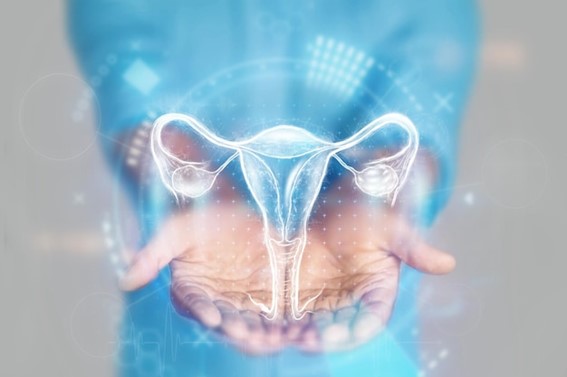Each year, over 1.3 million hysterectomies are performed, with approximately 50.000 taking place in Spain. However, only 50% of these procedures employ laparoscopic techniques. This poses a challenge as laparoscopic hysterectomies offer significant benefits over traditional open procedures, such as reducing hospital stays by 20%, enabling an earlier return to normal activities (by three days), and decreasing the risk of infection.
The findings suggest that greater employment of laparoscopic surgery within the national healthcare system could result in significant cost savings of 1 million € for every 5% rise in usage. By achieving a 90% laparoscopic hysterectomy rate, hospitals may potentially save up to 16 million € per year, taking into account only hospital expenses. Nevertheless, there is hesitance to perform laparoscopic surgeries as patients who receive laparoscopic radical hysterectomy have elevated tumour recurrence rates compared to those who undergo the open procedure. Previous studies indicate a connection between negative patient outcomes and the use of a uterine manipulator during minimally invasive surgery. The regular use of an intrauterine shaft to move the uterus may enhance the risk of tumour spillage, thus supporting a hypothesis.
To reduce the likelihood of cell dissemination and improve laparoscopic hysterectomy outcomes, researchers from the Universitat Jaume I and Fundació FISABIO have developed a uterine manipulator that eliminates the need for an intrauterine shaft. Researchers have developed a uterine manipulator that prevents damage to the tumor by removing the intrauterine shaft. The cervix is secured by a system based on vacuum techniques with interchangeable cups of different sizes. The device may incorporate the use of biocidal agents in the cup that attaches to the cervix, reducing the risk of virus and bacteria migration, especially the human papillomavirus (HPV).
Having undergone experimental testing in the laboratory. A Spanish patent application was submitted to the Spanish Patent and Trademark Office (OEPM) with reference number P202330248, titled “UTERINE MANIPULATOR”.
Advantages of the system compared to current commercial devices:
- The device prevents contact with the tumor during uterine manipulation, reducing the migration of potential cancer-causing agents and the risk of cancer recurrence.
- The use of the device is non-traumatic for the patient, as it does not endanger the uterus walls.
- It enables the performance of laparoscopic hysterectomies, potentially increasing the number of minimally invasive surgeries conducted.
The represented institution is looking for a collaboration that leads to commercial exploitation of the presented invention.
Institution: Universitat Jaume I, Fundación FISABIO
TRL: 4
Protection status: Spanish Patent Application
Contact: Noelia Mas / noelia@viromii.com

